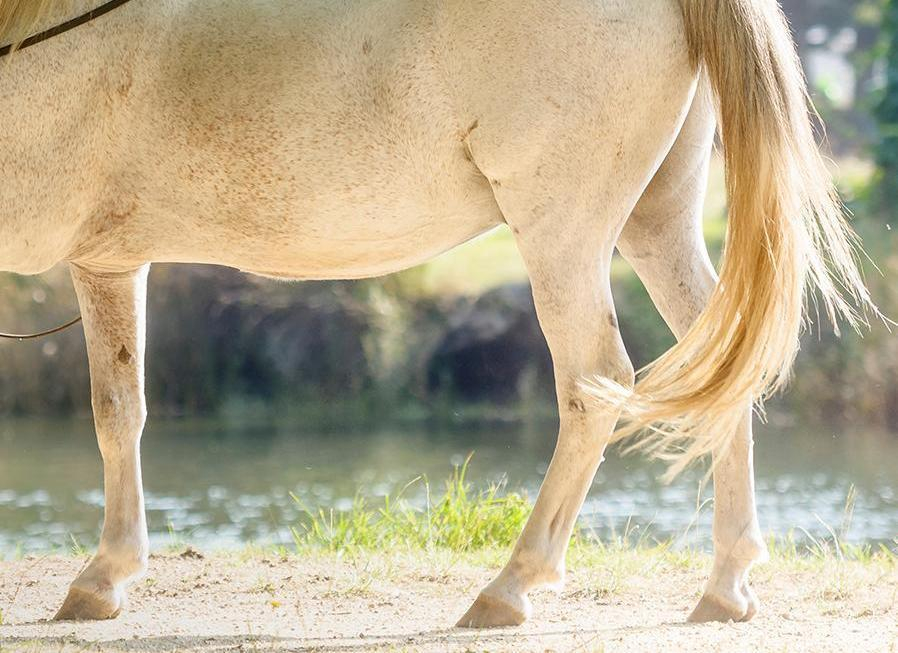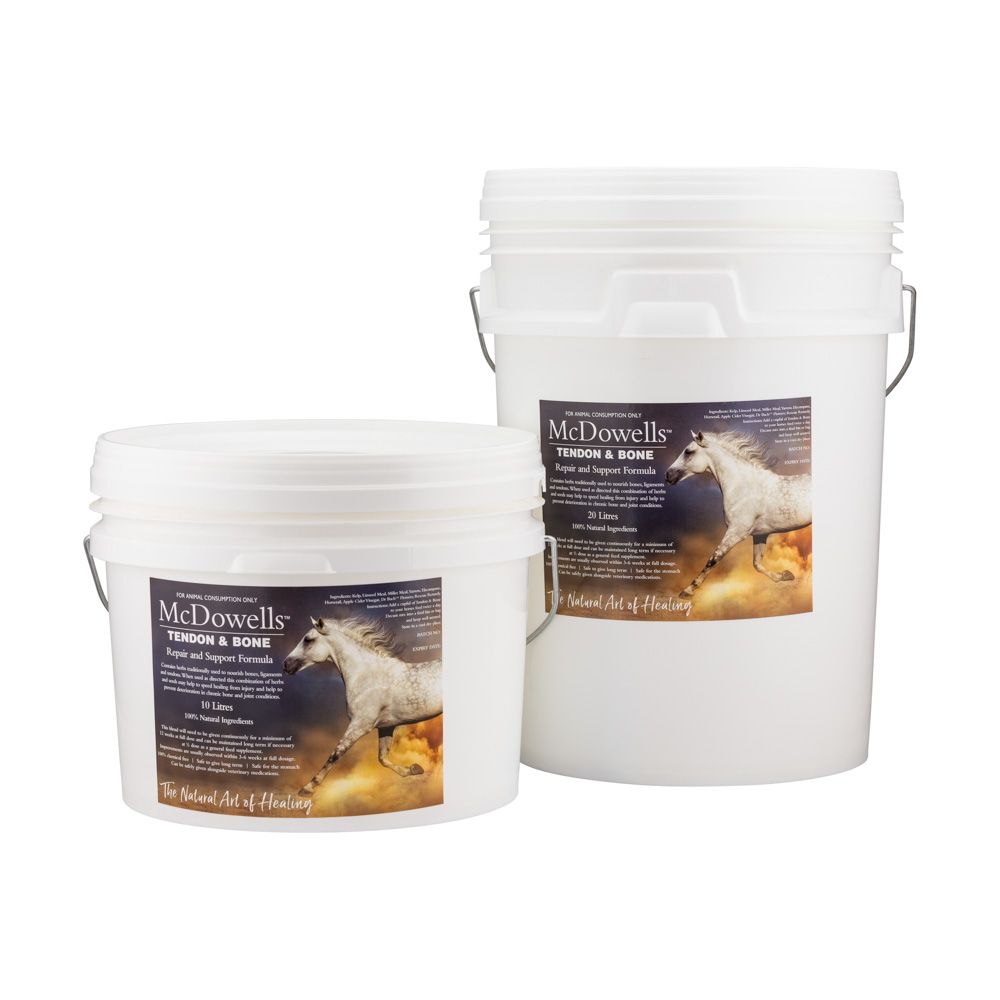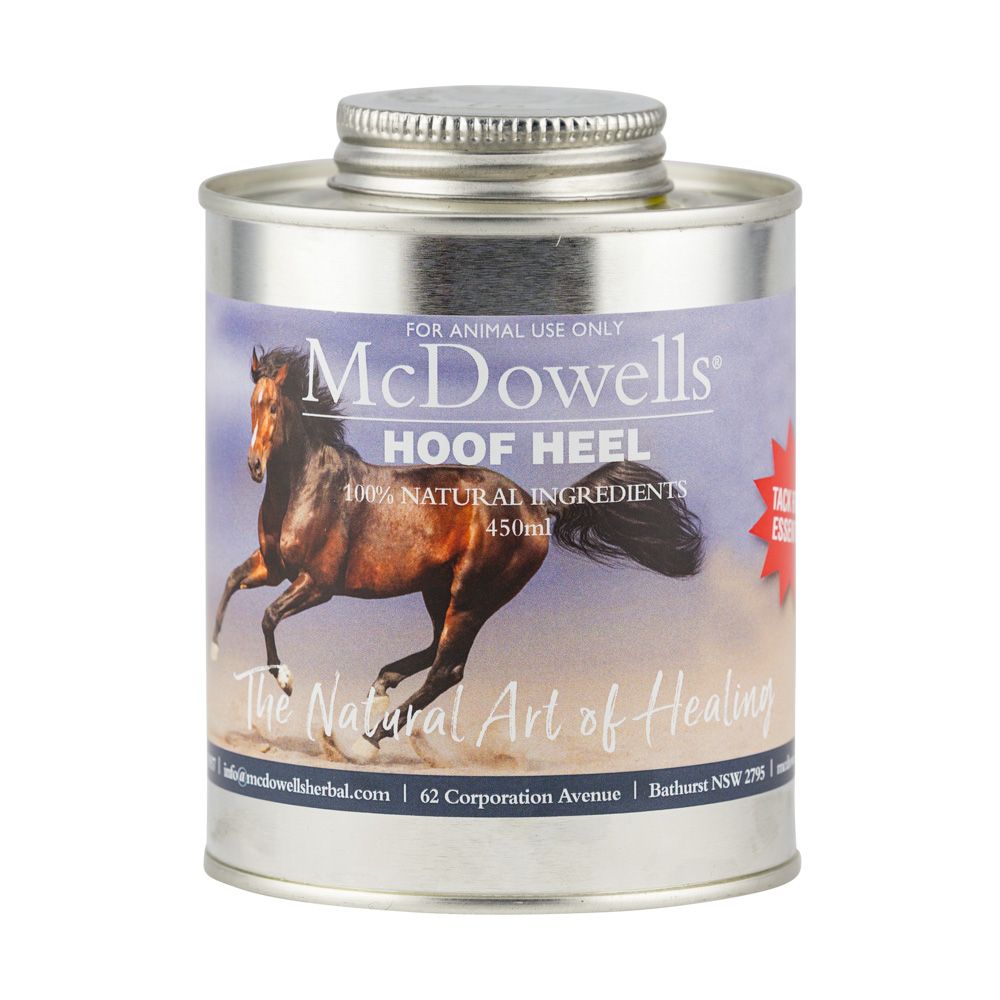The exact cause of Degenerative Suspensory Ligament Desmitis in horses is not completely understood but it is being diagnosed more often now (2). DSLS affects the connective tissue of the lower limbs, but it's important to remember that it actually affects the whole horse. Some believe it could be genetic, but it is currently not possible to test for it.

Ligaments are made out of connective tissue and usually connect two bones, like joints, together. Ligaments stabilise the joint and have a lot of strong collagen-based fibers in them.
New research indicates that horses who have DSLD experience abnormal healing processes within the suspensory ligaments (1). DSLD often affects more than one leg, and is usually seen in both fore legs, both hind legs or all four legs. The onset can be subtle and go unnoticed.
It is different from other suspensory ligament injuries - the wear and tear that goes along with normal every day exercise creates an unusual amount of trauma (or micro trauma) within the suspensory ligaments (3)
Normally, a horse will produce more cells and create more collagen fibers to efficiently repair everyday wear and tear. Horses who have DSLD do not go through this process. Instead they convert another type of cell which produces cartilage. This results in abnormal tissue inside of the ligaments that cannot stretch and extend, so the end result is breakdown (4)
Symptoms of DSLD
Early signs of DSLD can be:
- Recurring unexplained lameness
- Stumbling/tripping when moving
- Alternating weight leg to leg
- Unexplained heat and swelling in fetlocks
- Laying down frequently
- Difficulty rising and even 'dog sitting' before standing
- Back pain and stiffness through hips
- Irritability and changes in behavior
Long term symptoms may include:
- Fetlocks may drop toward the ground
- Pasterns may become horizontal
- Hocks may straighten out
- Hardening and/or enlargement of the suspensory ligaments
McDowells Treatment Protocol
At McDowells Herbal, rather than just simply treating the symptoms, we work to speed up the normal healing of the underlying injury or strain. hould assist in pain relief & repair of the ligament & structures effected by this disease.
I recommend the following products:
- Use Alleviate to replace Bute if your horse is in pain. Bute brings with it enormous problems of its own and if your horse gets to be on it for more than a few weeks you can end up with ulceration or other side effects.
- The second is our hoof oil, Hoof Heel which drives healing herbs directly into the hoof and dramatically improves the circulation down there. It is often poor circulation which underlies the whole problem in the first places as it is insufficient to dissipate products of injury and the hoof can often break down from the complications of injury or even just a sudden dietary or temperature change complicated by slow healing.
- The third is my Tendon and Bone formula, which provides the correct herbal nutrients and impetus to healing. If you have raw linseed/flaxeed oil massage the area gently or employ the services of a qualifed Equine Chiropractor, massage therapist or accupuncturist to assist.
Diet, exercise and therapy
Management of DSLD revolve around supporting the affected legs. Mild to moderate exercise every other day has been shown to improve clinical signs. Remember that horses with DSLD are not sound and should not be ridden but need gentle and regular movement. Some use bandages and wraps to support the legs.
If your horse is on the heavy side it wont hurt him/her being put on a diet but it is best do to this in a 'diet' paddock rather than in the stall. This is because moving about is the way a horse gets to pump fluid up and down the limb and being locked up and forced to stand further reduces circulation to the legs.
Therapeutic trimming and special types of shoes to support the ligaments and tendons also has some benefit and can help support the damaged limbsand relieve tense suspensory ligaments. Find a farrier who knows how to properly trim the toe and balance then side-to-side and front-to-back.
RELATED ARTICLES
Alleviate - the powerful anti-inflammatory
Hoof Heel
Tendon and Bone Healing
References
(1) DSLD IN HORSES: DEGENERATIVE SUSPENSORY LIGAMENT DESMITIS
https://horsesandfoals.com/dsld-in-horses/
(2) Genetics of degenerative suspensory ligament disease in the horse. Sabrina Brounts DVM, MS, PhD Diplomate ACVS/ECVS, Diplomate ACVSMR
https://www.vetmed.wisc.edu/lab/corl/dsld-information-page/
(3) Halper J.; Kim, B.; Khan, A et al. Degenerative suspensory ligament desmitis as a systemic disorder characterized by proteoglycan accumulation. BMC Veterinary Research 2006; 2:12
(4) Degenerative Suspensory Ligament Desmitis (DSLD) in Peruvian Paso Horses Is Characterized by Altered Expression of TGFβ Signaling Components in Adipose-Derived Stromal Fibroblasts
https://journals.plos.org/plosone/article?id=10.1371/journal.pone.0167069




